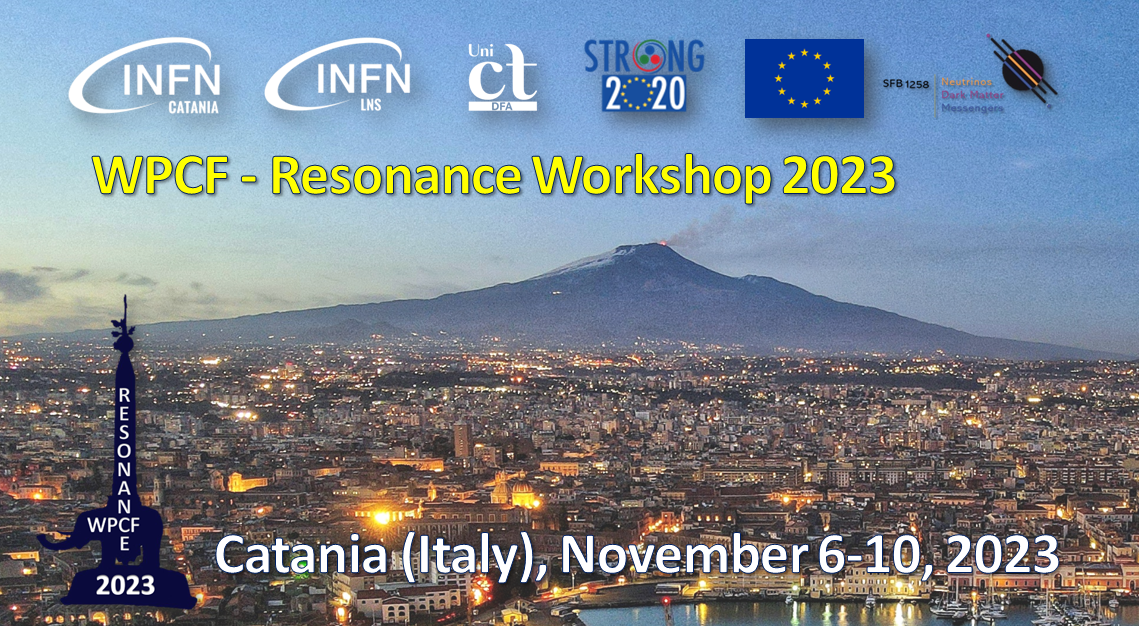Speaker
Description
Relativistic heavy ion collisions provide a unique opportunity for investigating nuclear matter’s characteristics under extreme conditions of high temperature and density. Resonance particles, such as K∗0 and φ, are considered good tools for probing the medium generated during these collisions. Specifically,K∗0, with a relatively short lifetime of approximately 4 fm/c, undergoes decay within the fireball, allowing its decay products to interact with the surrounding medium. Consequently, the properties of the measured K∗0 can be altered by these in-medium interactions. In contrast, due to its significantly longer lifetime of approximately 42 fm/c, the φ meson primarily decays outside the fireball, allowing its decay daughters only limited time for rescattering in the hadronic phase. Thus, comparing the behavior of K∗0 and φ mesons in this context is of significant interest. Additionally, the φ meson is regarded as a pristine probe of partonic collectivity, given its anticipated minimal hadronic interaction cross-section. In the forthcoming presentation, we will present the invariant yield of K∗0 and φ as a function of beam energy (ranging from √sNN = 7.7 GeV to 200 GeV), as measured by the STAR experiment. We will also depict the ratips of resonance to non-resonance particles (φ/K and K∗0/K) as a function of collision centrality at various beam energies. Furthermore, we will present the anisotropic flow (v1 and v2) of φ mesons, across different beam energies.

